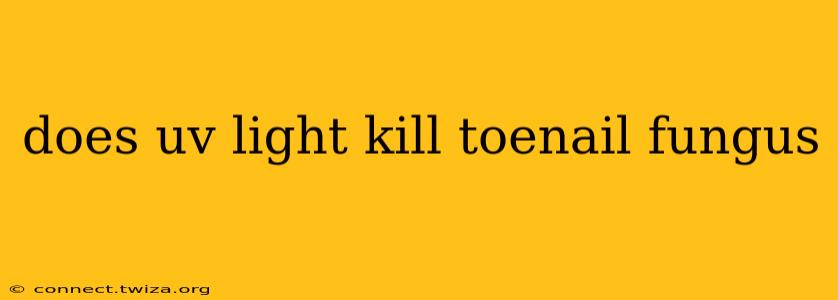Toenail fungus, medically known as onychomycosis, is a common and stubborn fungal infection affecting the toenails. Many sufferers explore various treatment options, and ultraviolet (UV) light is one that often arises. So, does UV light kill toenail fungus? The short answer is: it's complicated. While UV light possesses antifungal properties, its effectiveness in treating onychomycosis is limited and not a standalone solution.
How Effective is UV Light for Toenail Fungus?
UV light, particularly UVB, has shown some efficacy in killing fungi in laboratory settings. However, the penetration depth of UV light is insufficient to reach the deeper layers of the nail where the fungus often resides. This limits its effectiveness in eradicating the infection completely. While it might temporarily reduce symptoms or slow the spread, it’s unlikely to cure the condition on its own.
What are other Treatment Options for Toenail Fungus?
Many effective treatments are available for toenail fungus, ranging from over-the-counter remedies to prescription medications. Let's explore some common options:
Topical Antifungal Medications: These creams, ointments, and lacquers are applied directly to the affected nail. They can be effective for mild cases, but often require consistent application for several months.
Oral Antifungal Medications: These pills are prescribed by doctors for more severe cases. They work by targeting the fungus systemically, but can have potential side effects and require careful monitoring.
Laser Therapy: Laser treatments aim to kill the fungus using heat. It's a more advanced option with varying success rates depending on the severity of the infection.
Surgical Removal: In severe cases where other treatments have failed, surgical removal of the affected nail may be considered. This is usually a last resort.
How Can I Prevent Toenail Fungus?
Preventing toenail fungus is crucial. Here are some preventative measures:
-
Maintain good foot hygiene: Wash your feet daily with soap and water, paying special attention to the areas between your toes. Dry your feet thoroughly, especially between the toes.
-
Wear clean socks: Change your socks regularly, especially if they become sweaty or damp. Choose breathable fabrics like cotton or wool.
-
Wear appropriate footwear: Avoid wearing tight-fitting shoes that can trap moisture and create a breeding ground for fungus. Opt for shoes that allow your feet to breathe.
-
Keep nails trimmed: Trim your toenails regularly, keeping them straight across to prevent ingrown toenails which can increase the risk of infection.
-
Avoid sharing personal items: Do not share shoes, socks, or nail clippers with others to prevent the spread of fungus.
-
Treat existing skin conditions: Address any existing skin conditions, such as athlete's foot, promptly to prevent it from spreading to your toenails.
Is UV Light Treatment Safe?
While generally considered safe, prolonged exposure to UV light can damage the skin, leading to sunburn or increased risk of skin cancer. Therefore, it’s crucial to follow any instructions carefully if using a UV light device for any purpose, and only do so under the guidance of a healthcare professional.
Can UV Light Help with Other Nail Problems?
While UV light shows limited success for toenail fungus, it's important to note that it is not recommended for other nail problems without specific medical advice. Always consult a dermatologist or podiatrist for diagnosis and treatment of any nail condition.
Does UV Light Treatment Require a Prescription?
Typically, UV light treatment for toenail fungus is not a prescribed medical treatment. However, using UV light for medical purposes requires caution and consultation with a healthcare professional. Never attempt UV light treatment without appropriate medical advice and guidance.
This information is for general knowledge and does not constitute medical advice. Always consult with a healthcare professional for diagnosis and treatment of any medical condition.
